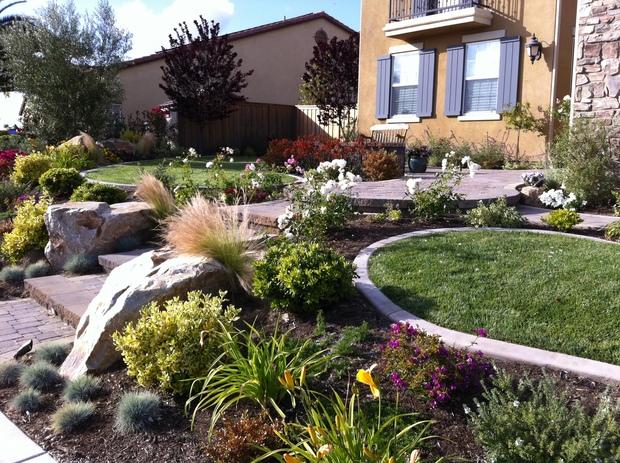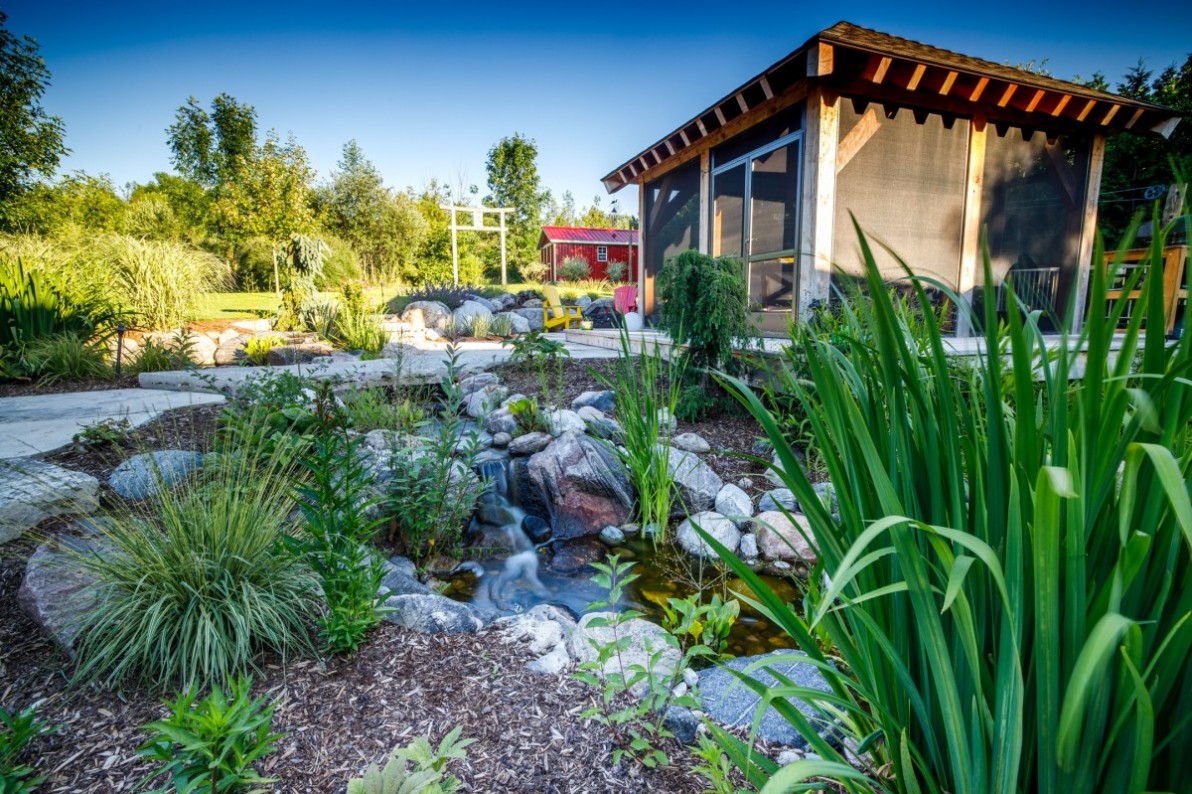The Main Principles Of Landscapers
The Main Principles Of Landscapers
Blog Article
What Does Landscapers Do?
Table of ContentsSee This Report on LandscapersLandscapers Fundamentals ExplainedThe 2-Minute Rule for LandscapersFascination About LandscapersThe Best Strategy To Use For LandscapersSome Known Details About Landscapers
- A garden function where water is represented by an aggregate rock item, typically a gravel or granite.- A rock or natural flagstone patio area, course, or pathway developed without a concrete base.- A stone preserving or cost-free standing wall surface developed without making use of mortar. A highly proficient mason is required for a dry stack rock wall. Many walls in Portland are moist stacked, also if they appear to be. - A below ground framework that collect water and permits it to reduce percolate right into the soil around it.
Landscape layout that is compatible with a websites' atmosphere in both look and sustainability without unfavorable impacts to the atmosphere. Bordering in the landscape is a line of demarcation that develops visual passion in the garden by dividing one segment from an additional segment.
Areas can additionally have a sensation of "room" given by trees, other plantings, fencings, or displays. The landscape near the access to a building.
The Only Guide for Landscapers

The element in a landscape layout or location in a landscape that is suggested to be most famous. The focal factor can be a plant, boulder, statuary, collecting area, or other landscape feature. A style of yards or garden elements that worry straight lines, best angles and circles. Shrubs or bushes located in beds near the structure of a home or other framework.

Some Known Details About Landscapers
Low plants that are allowed or encouraged to spread out over a location. Can refer to any type of "difficult" garden components consisting of statuary or boulders but the majority of frequently is made use of to refer to courses, patio areas, and walls - Landscapers.: Height distinction in between the degree of water in a fish pond (or the level of the pump if it sits outside the fish pond) and the upper outlet of water which influences performance of the water pump in gph (gallons per hour).
A chemical made use of to regulate weeds. Fence boards that run horizontally, frequently utilized in modern or Japanese-inspired landscape layouts. Lines that specify areas within a landscape principle. These frequently prolong from edges or key features of an existing structure. Correct use fictional lines can assist the landscape really feel connected to the home and other aspects.
An even more relaxed garden dominated by bent as opposed to straight bed lines and a much less inflexible framework. Traditional PNW landscapes are informal. A plant that spreads out even more than desired, or right into habitats where it does damage. Rose city has a checklist of intrusive plants that should not be set up in landscapes since they can infect forests or rivers and be challenging to regulate.
8 Simple Techniques For Landscapers
Can include head placements and coverage, pipeline sizing, GPM specs, and materials required to install this system. Accredited professional who develops landscapes, schooled in design and architecture as well as in gardening.
The specialist who intends and creates landscape tasks, generally at a property or small industrial degree with the significant style incentive on plantings. Landscape developers typically have much less education than Landscape Architects and are not certified. A completed landscape design, describing all components for the new landscape. This generally takes the kind of a drawing theoretically.
Utilizing lots of growings of the very same variety to fill up in an area in the landscape. This can lower maintenance and water usage in the yard.
A mix of concrete, sand, and water that is utilized in stone stonework for establishing rocks and joints. A layer of compost or bark dirt used at over here the base of a plant. A mass planting of moss. A plant that was present in a geographic place before people started changing the landscape.
The 6-Minute Rule for Landscapers
Exactly how the garden or a garden component is organized in partnership to an existing or new attribute or to a direction. Keeping a grass without the usage of chemical herbicides, pesticides, or fertilizers. Lawns that are not cut however grown in landscapes as perennials. This is a partially open sided relaxation or recreation area that joins a dwelling, made use of for entertaining, outdoor eating and merely find more information appreciating the exterior environment.

Plants that give seasonal passion and after that pass away back in the winter season. Cold period turf that is the most common lawn yard in Portland, OR and the rest of the PNW.An open roofed structure over an outdoor patio or other landscape function.
Lava accumulated varying in size from 1/4" to dust. The most common landscape crushed rock in the PNW. Area of the landscape created to take care of water up until it can saturate into the ground. A chain that controls water as it travels from a roofing gutter to the ground. Yard structure that creates a growing area that is consisted of and higher than the bordering grade.
Framework made of wood, concrete, paving stones, blocks or various other materials for maintaining inclines and avoiding extreme disintegration. Slim watercourse. Developing a garden attribute consisting primarily of stones with plantings that enhance and can grow in the rocky environment. Sprinkler head style that revolves a stream of water across an area.
Landscapers - Truths
:max_bytes(150000):strip_icc()/GettyImages-154046398-c39f1daf45a84601b328d78ed8630660.jpg)
Report this page